Is your home’s siding looking tired after another harsh Michigan winter? You know the signs – fading colors that once made your home stand out, warping panels that no longer sit flush, or that nagging worry about what’s happening behind those protective barriers.
Your siding isn’t just about curb appeal (though that matters too). It’s your home’s first line of defense against everything Mother Nature throws at it – from brutal winter storms to humid summer heat that seems to last forever in Southeast Michigan.
At Leach Construction in St. Clair Shores, Michigan, we’ve seen what happens when homeowners put off siding maintenance. That’s why we’re sharing the insider knowledge that keeps your exterior home looking great and functioning properly, year after year.
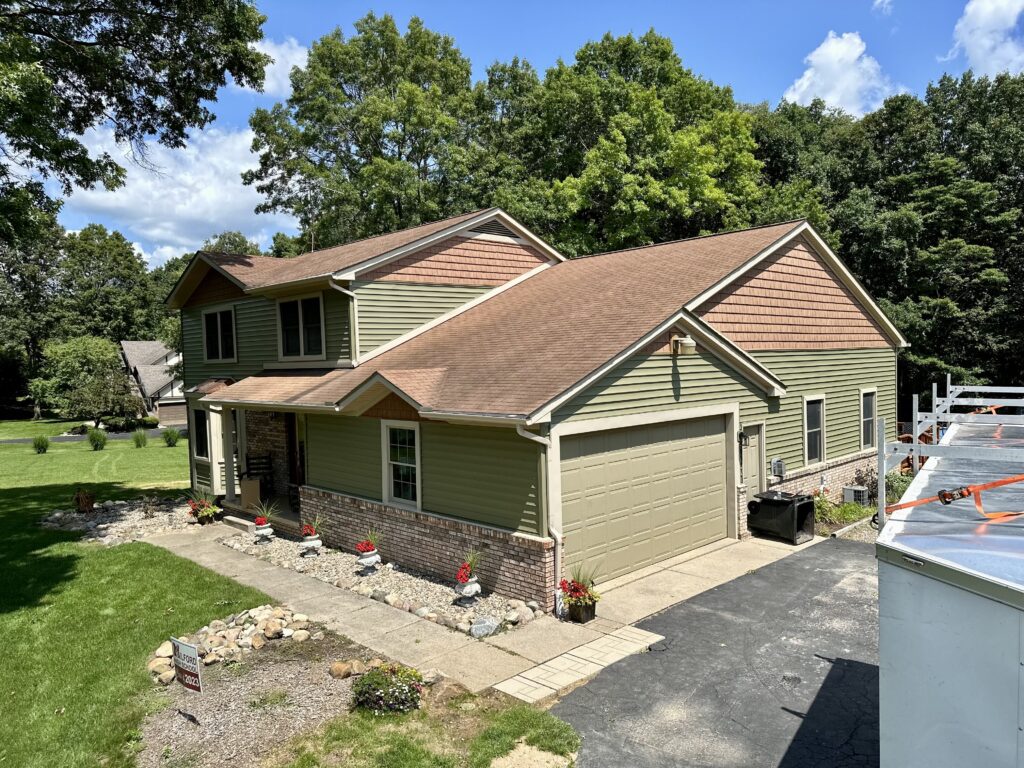
🏠 Understanding Your Siding Material Options
Here’s what most homeowners don’t realize – not all siding is created equal. What works for your neighbor’s vinyl might actually damage your fiber cement. Let’s break down what you need to know about each siding material option.
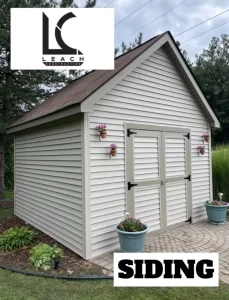
Vinyl Siding Maintenance: The Low-Maintenance Champion
Vinyl siding is popular in Michigan for good reason – it handles our weather extremes while staying budget-friendly. But “low-maintenance” doesn’t mean “no maintenance.”
Vinyl Siding Maintenance Tips:
- Gentle is better: Use a soft brush with mild soap and water. Think of it like washing your car – you wouldn’t use steel wool, right?
- Skip the pressure washer temptation: High pressure can force water behind panels, creating moisture problems you won’t see until it’s too late
- Monthly walk-arounds: Look for loose panels, cracks, or areas where caulk is pulling away

Wood Siding: Beautiful But Needs TLC
Wood siding gives your home that classic, timeless look. But in Michigan’s climate, it needs consistent attention to stay beautiful.
Your Wood Siding Game Plan:
- Seal the deal: Reapply sealant every 2-3 years – mark it on your calendar like you would an oil change
- Paint or stain strategically: Fresh coating every 5-7 years protects against UV damage and moisture
- Bug patrol: Regular inspections help catch insect damage before it becomes a major repair
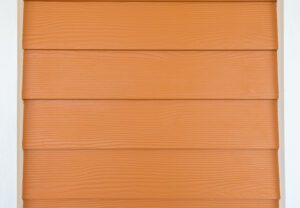
Fiber Cement: The Overachiever
Fiber cement siding is like that reliable friend who always shows up – durable, fire-resistant, and handles Michigan weather like a champ.
Keep It Simple:
- Annual cleaning: Water and mild detergent are your best friends here
- Avoid harsh chemicals: Strong alkaline cleaners can damage the surface
- Check the seams: Make sure caulk is doing its job at joints and corners
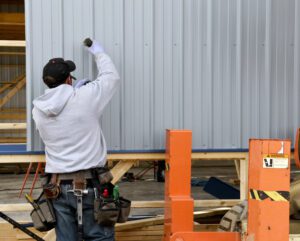
Metal Siding: Built to Last
Metal siding is tough, but rust is its kryptonite. The good news? Prevention is pretty straightforward.
Metal Maintenance Made Easy:
- Regular rinse: Soap, water, and a soft brush – no abrasives needed
- Rust watch: Catch it early and you can usually handle it with touch-up paint
- Repaint when needed: Fresh paint isn’t just cosmetic – it’s protection

Composite Siding: The Best of Both Worlds
Composite siding gives you the wood look without all the wood hassles. It’s engineered to handle Michigan’s climate swings.
Simple Composite Care:
- Gentle cleaning: Soap and water work perfectly
- Quick repairs: Replace damaged boards promptly – they’re designed for easy replacement
- Mold prevention: Check for moisture buildup, especially in shaded areas
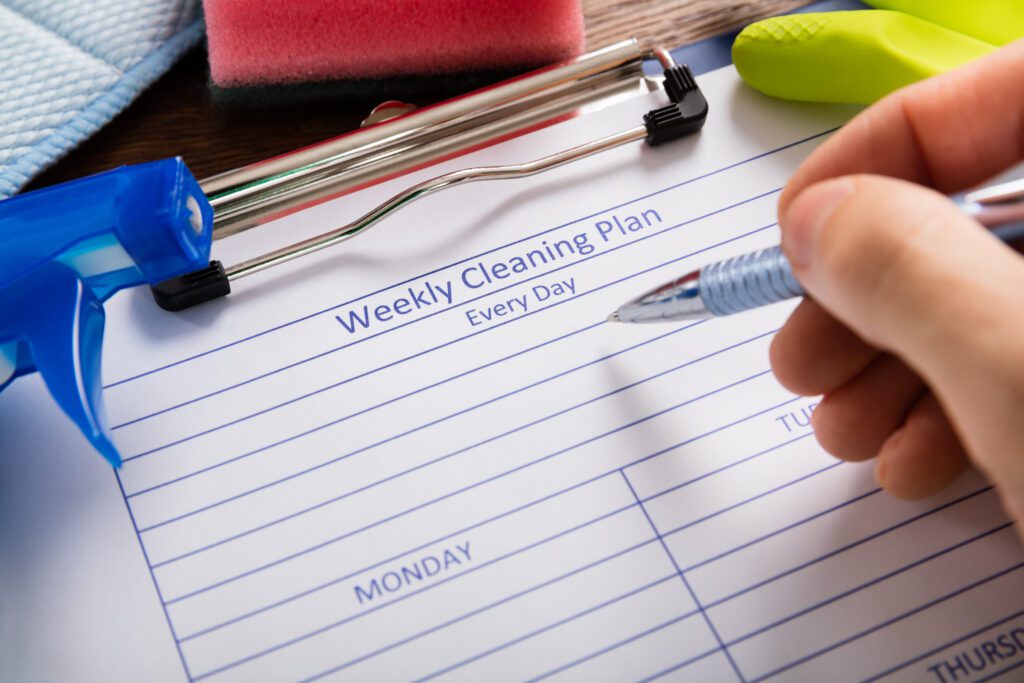
🗓️ Create Your Siding Maintenance Routine
You might be wondering, “How often should I really be checking my siding?” Here’s the thing – consistency beats perfection every time.
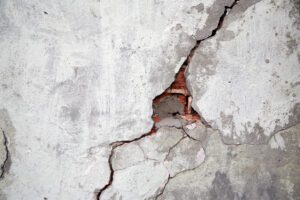
The Daily 5-Minute Check
Daily maintenance sounds overwhelming, but it’s actually pretty simple. Think of it like checking your mirrors while driving – just part of your routine.
Your Morning Walk-Around:
- Quick visual scan: Notice anything different? New stains, loose panels, or debris buildup?
- Document changes: Take a photo with your phone if something looks off
- Handle small issues immediately: Hose off dirt, clear debris from around the foundation
Why This Works:
Catching problems early means easier, cheaper fixes. That small crack you notice today could prevent a major water infiltration issue next month.
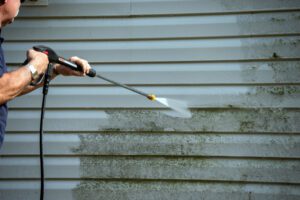
Seasonal Deep Cleaning
Seasonal cleaning is where you really take care of your home’s exterior. Each season brings different challenges in Michigan.
Spring Cleaning (After Winter’s Beating):
- Salt residue removal: Winter road salt can damage siding if left too long
- Inspect for winter damage: Look for cracks, warping, or loose panels
- Clear drainage: Make sure gutters and downspouts are flowing properly
Summer Maintenance (Heat and Humidity):
- Mold and mildew check: Humid summers create perfect conditions for growth
- Sun damage assessment: Look for fading or warping on south-facing walls
- Ventilation verification: Ensure proper airflow around your home
Fall Preparation (Getting Ready for Winter):
- Deep cleaning: Remove summer buildup before winter sets in
- Caulk inspection: Seal any gaps before cold weather arrives
- Gutter clearing: Prevent ice dams that can damage siding

Professional Inspections: Your Safety Net
Even with great daily and seasonal maintenance, there’s value in having a professional take a look. Professional inspections catch things you might miss.
What Professionals See That You Might Miss:
- Hidden moisture damage: Thermal imaging can reveal problems behind the siding
- Structural issues: Understanding what’s normal settling versus concerning movement
- Future problem areas: Identifying spots that need attention before they become major repairs
When to Call the Pros:
- Every 2-3 years: For routine inspection and peace of mind
- After severe weather: Storms can cause damage that’s not immediately visible
- Before major renovations: Understanding your siding’s condition helps plan other projects
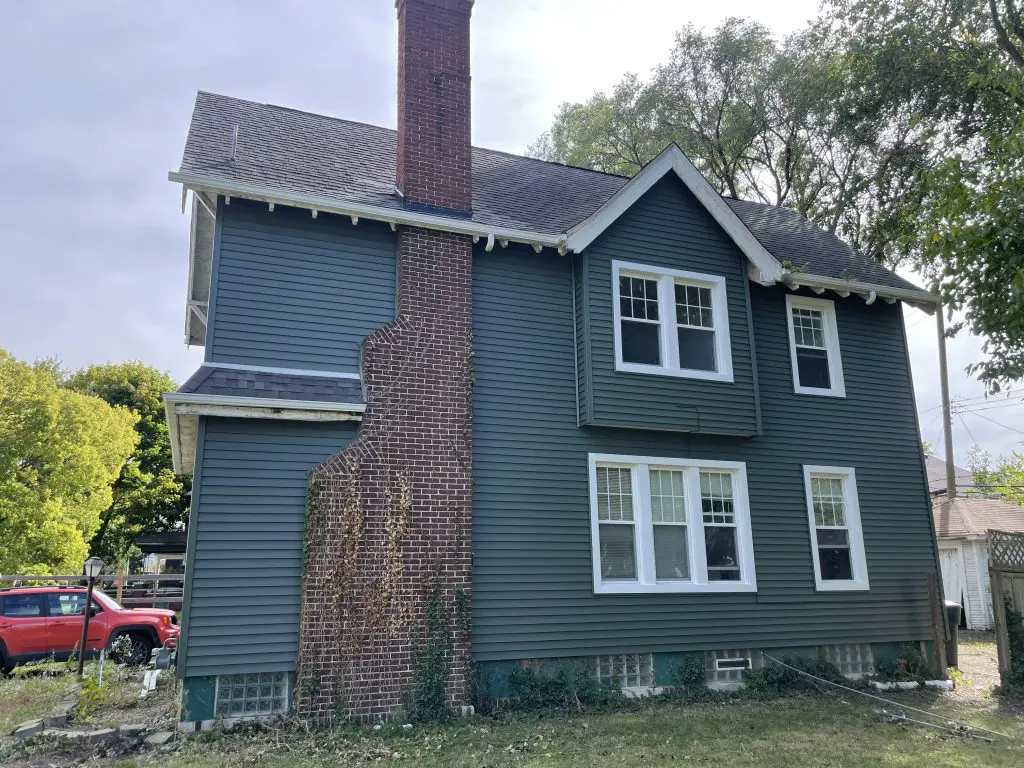
🏆 Pro Tips for the Best-Looking Siding on the Block
Ready to take your siding game to the next level? Here are the insider tips that make the difference between “nice house” and “wow, that’s beautiful.”
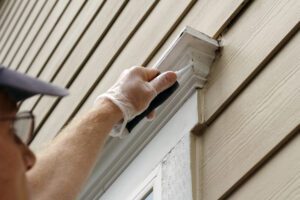
Weatherproofing: Your First Line of Defense
Michigan weather doesn’t mess around. Weatherproofing your siding properly can add years to its life.
The Water Protection Plan:
- Caulk like a pro: Check window and door trim annually – small gaps become big problems
- Ventilation matters: Proper airflow prevents moisture buildup that leads to mold and rot
- Barrier protection: Consider house wrap or other moisture barriers during installation

Quick Response: Why Timing Matters
Here’s the truth about siding repairs – small problems have a way of becoming big expenses if you wait too long.
The Smart Repair Strategy:
- DIY the small stuff: Loose panels, minor caulk gaps, touch-up paint
- Call professionals for complex issues: Structural problems, extensive damage, or if you’re unsure
- Don’t delay painting: Fresh paint isn’t just cosmetic – it’s protection against the elements
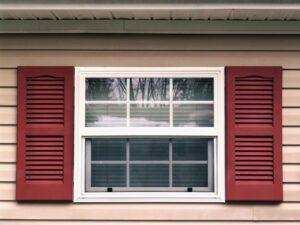
Curb Appeal Upgrades That Actually Matter
Your siding is the backdrop for your home’s personality. Small accent additions can make a huge visual impact.
High-Impact Accent Ideas:
- Trim work: Quality trim around windows and doors creates definition
- Shutters: Functional or decorative, they add character and charm
- Color coordination: Choose accents that complement, don’t compete with, your siding

Don’t Forget the Supporting Cast
Your gutters and downspouts might seem separate from your siding, but they’re actually teammates in protecting your home.
The Gutter-Siding Connection:
- Clean gutters twice yearly: Clogged gutters mean water spillover onto your siding
- Check for leaks: Water running down your siding can cause staining and damage
- Proper drainage: Make sure downspouts direct water away from your foundation
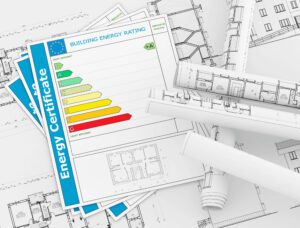
Think Long-Term: Sustainable Solutions
Sustainable siding choices aren’t just good for the environment – they’re often better for your wallet long-term.
Smart Sustainability Choices:
- Energy efficiency: Higher R-value materials reduce heating and cooling costs
- Recyclable materials: Some siding can be recycled at end of life
- Durability focus: Materials that last longer mean fewer replacements

Know When to Call the Pros
DIY has its place, but some things are worth hiring professionals for.
Professional Services That Pay Off:
- New siding installation: Proper installation affects everything else
- Annual inspections: Catch problems before they become expensive
- Storm damage repairs: Quick professional response prevents further damage
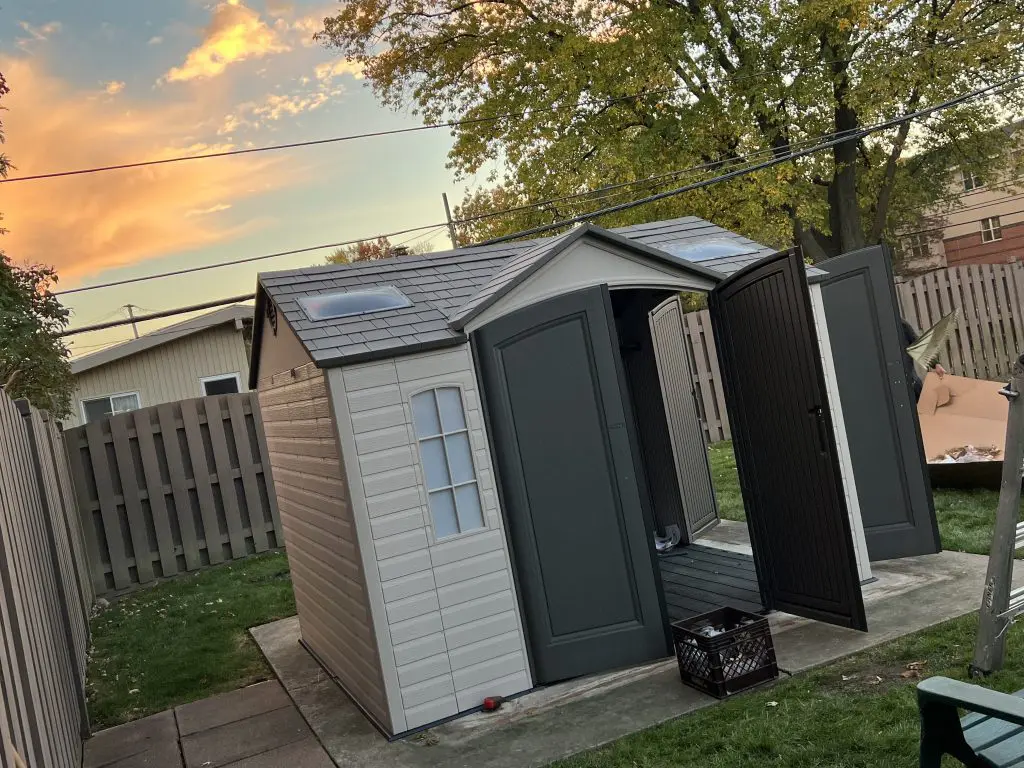
Ready to Take Action?
Taking care of your siding isn’t just about maintaining your home’s appearance – it’s about protecting your investment and ensuring your family’s comfort for years to come.
At Leach Construction, we’ve been helping Southeast Michigan homeowners maintain beautiful, functional siding for decades. Whether you need a professional inspection, emergency repairs, or you’re ready for a complete siding upgrade, we’re here to help.
Our Promise: We guarantee transparent pricing – the estimate we give you is the price you’ll pay, and we’ll communicate with you every step of the way.
Contact us today for a free consultation. Let’s make sure your home’s siding is ready for whatever Michigan weather throws at it.

